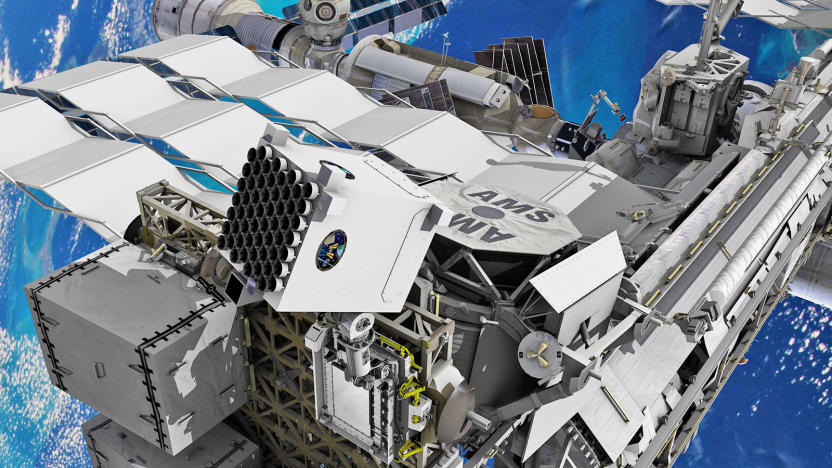NICER
Latest

Watch SpaceX carry NASA's pulsar-observing instrument to the ISS
On June 1st, a SpaceX Falcon 9 rocket will carry supplies and new instruments to the ISS, including one designed to observe some of the strangest objects in the universe: neutron stars or pulsars. The Neutron Star Interior Composition Explorer (NICER) will be installed outside the ISS, where it will look for and study the extremely dense objects. Neutron stars begin their lives as stars around seven to 20 times the mass of our sun. When they collapse and cause a supernova explosion, they turn into a sphere that's only 12 miles across, with twice the mass of our sun squeezed inside. They're also called "pulsars" when they rotate hundreds of times per second.

The Summoner's Guidebook: Two years and I'm still playing LoL
It's the time of the year when I get to sit down and reflect a bit on how I've grown as a League of Legends player. Last year I had made some pretty big jumps in skill, especially in the realm of Dominion skill. This year I've kind of shifted my focus to SR. Also, I got a little more involved in the community, but not enough. That, I hope to change. Playing more stuff that you play Disappointingly for a lot of Dominion players who read these articles, I haven't been talking about it much lately. The big reason is I've been playing it a lot less, and unfortunately it's because the game mode isn't very popular. My solo queue time in Dominion is kind of long, for starters. Once you get to any sort of respectable level in that game mode, queue times start to get obscene. I end up having to wait 5-6 minutes for games on CS, and that's not so good.

NASA gives planet-hunting TESS space telescope go-ahead for 2017 launch
NASA's Kepler space telescope hasn't exactly been a slouch when it comes to planet hunting, but that effort will soon be getting a considerable boost courtesy of a new mission selected by NASA as part of its Explorer program. Dubbed the Transiting Exoplanet Survey Satellite (or TESS), this new space telescope will one-up Kepler with the ability to perform an all-sky survey (an area 400 times larger than previous missions) to search for transiting exoplanets, with an eye towards planets comparable to Earth in size. TESS was developed by an MIT-led team, and will be placed in what they describe as a new "Goldilocks" orbit, allowing it to travel close enough to the Earth every two weeks for a high-speed data downlink while still remaining safely beyond the harmful radiation belts. It's now set for launch in 2017, when it will be joined by the Neutron Star Interior Composition Explorer (NICER), an addition to the International Space Station also selected as part of the Explorer program last week that will use a process called X-ray timing to study neutron stars.


